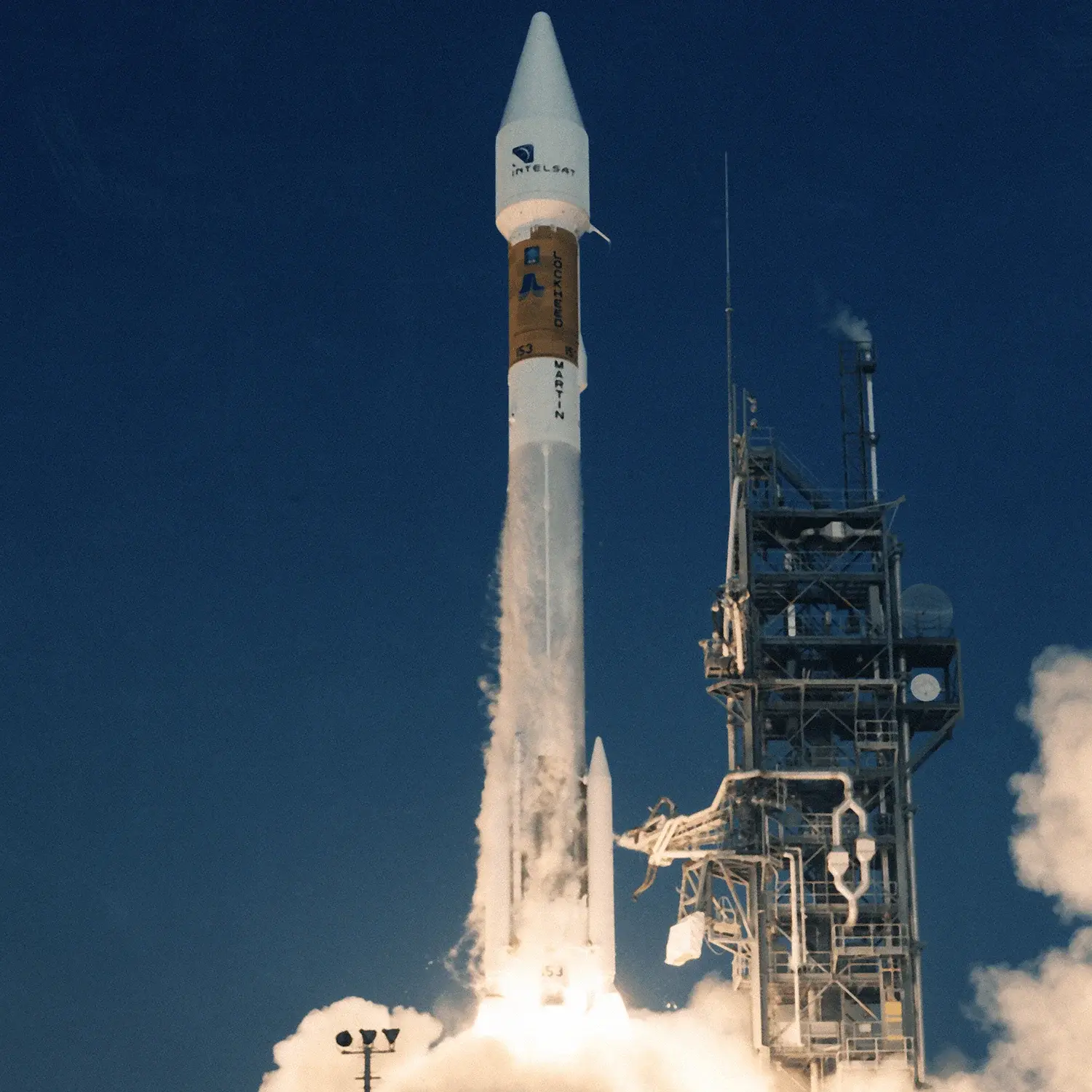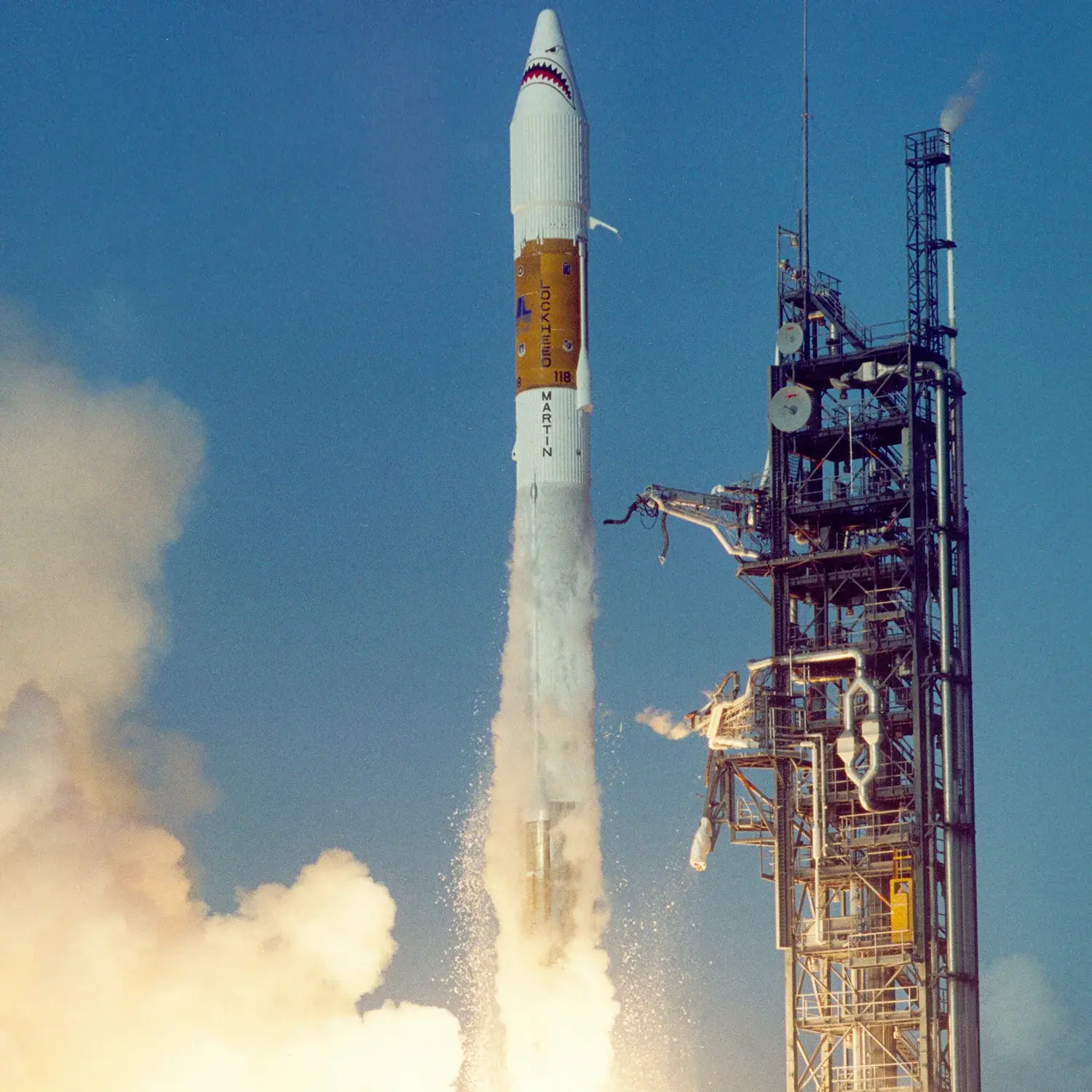Atlas II

Description
Atlas II was a member of the Atlas family of launch vehicles, which evolved from the successful Atlas missile program of the 1950s. It was designed to launch payloads into low earth orbit, geosynchronous transfer orbit, or geosynchronous orbit. The Vernier engines on the first stage of the Atlas I were replaced by a hydrazine fueled roll control system. This series used an improved Centaur II upper stage, the world's first cryogenic propellant stage, to increase its payload capability. Atlas II also had lower-cost electronics, an improved flight computer, and longer propellant tanks than its predecessor, Atlas I.
Missions
63
Success Rate
100.0%
Successes
63
Failures
0
Success Streak
63
Partial Failures
0
Previous

Quasar-15 (USA-179) (NROL-1)

AMC-11
Configurations

Atlas IIAS
Active 1993 to 2004
Rocket
Height: 47.5m
Payload to Orbit
LEO: 8,618 kg
GTO: 3,933 kg
Liftoff Thrust
2,957 Kilonewtons
Stages
2
Strap-ons
4

Atlas IIA
Active 1992 to 2002
Rocket
Height: 47.5m
Payload to Orbit
LEO: 7,316 kg
GTO: 3,180 kg
Liftoff Thrust
2,479 Kilonewtons
Stages
2

Atlas II
Active 1991 to 1998
Rocket
Height: 47.5m
Payload to Orbit
LEO: 6,580 kg
GTO: 2,810 kg
Liftoff Thrust
2,479 Kilonewtons
Stages
2